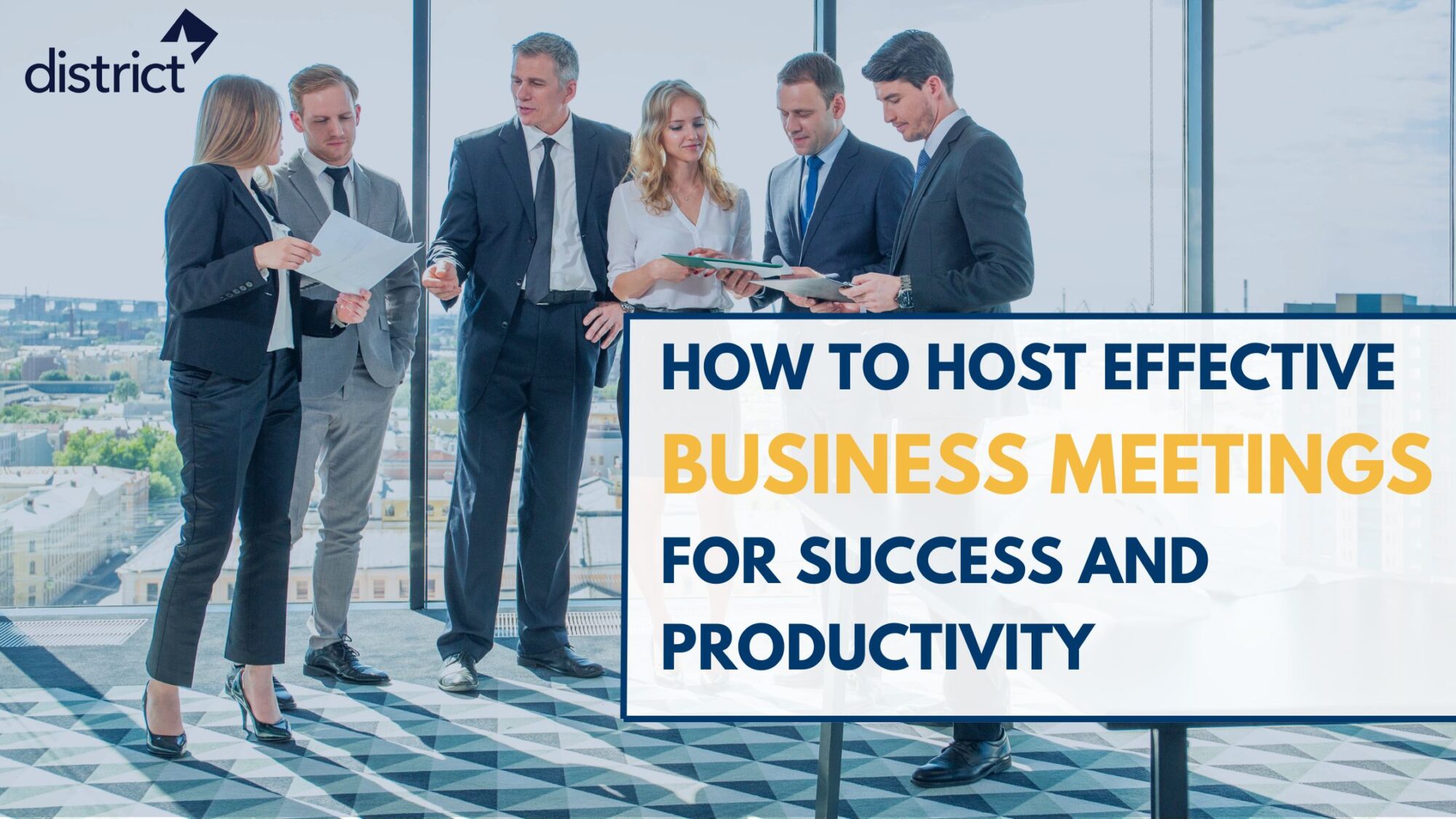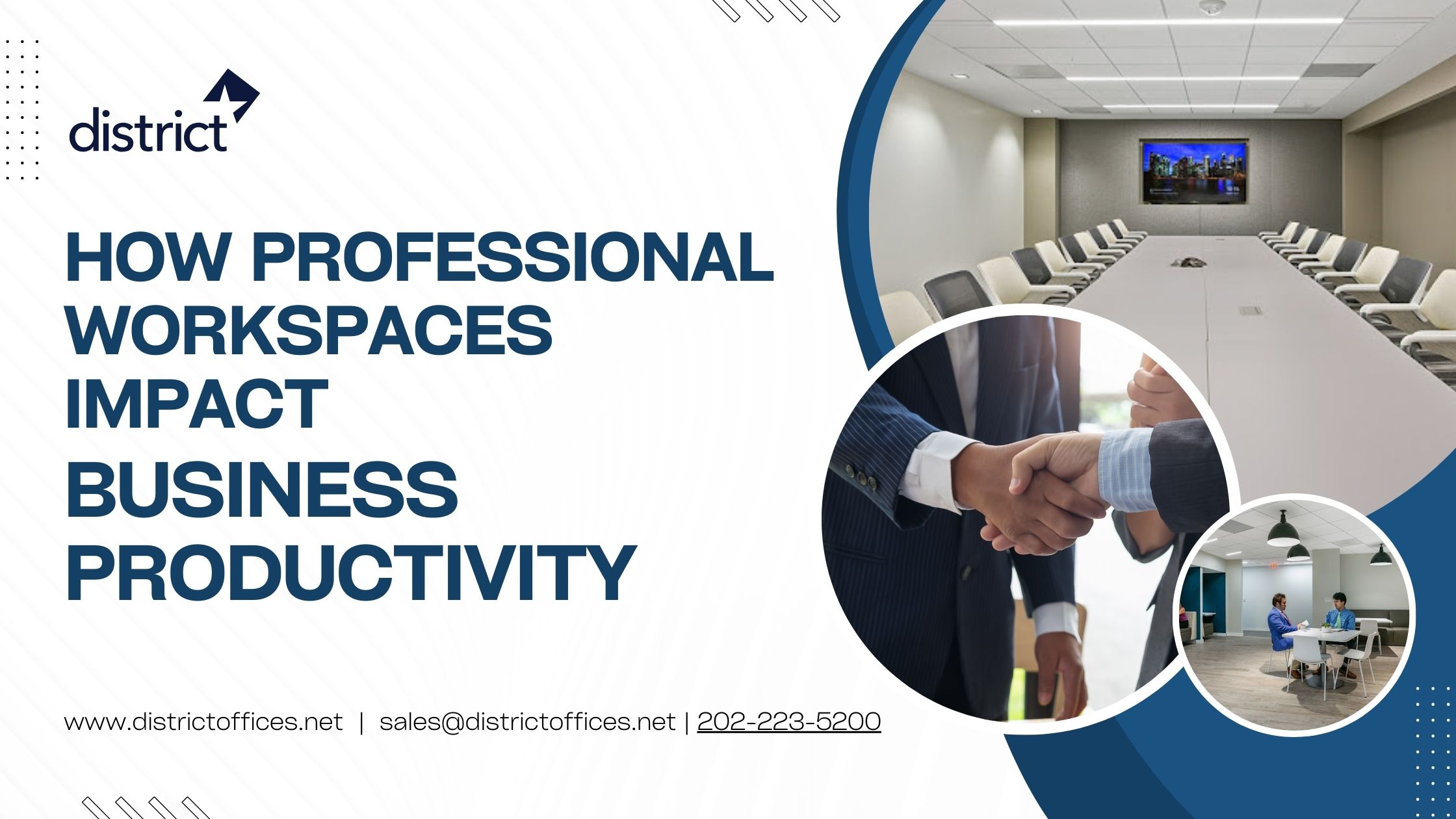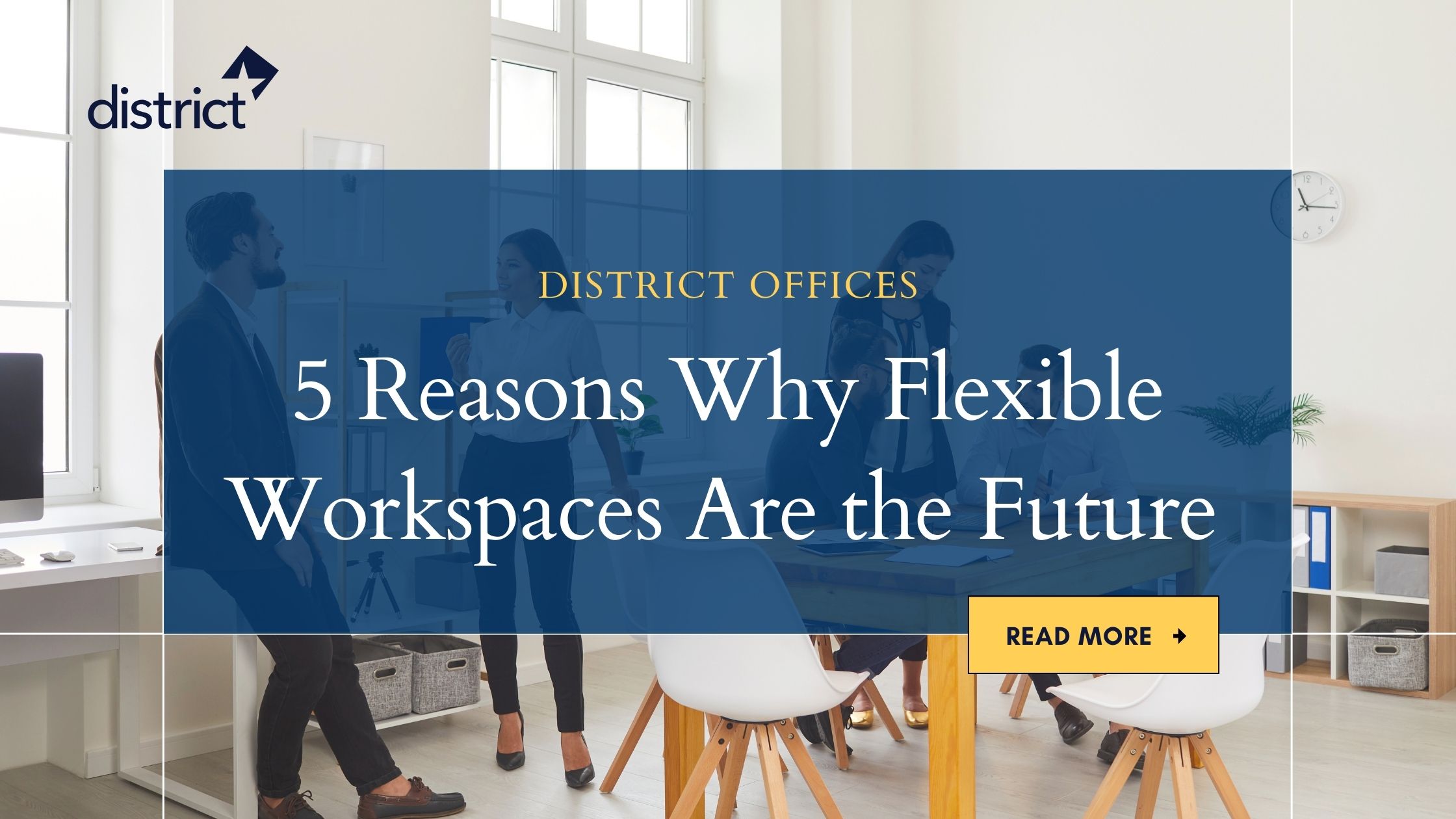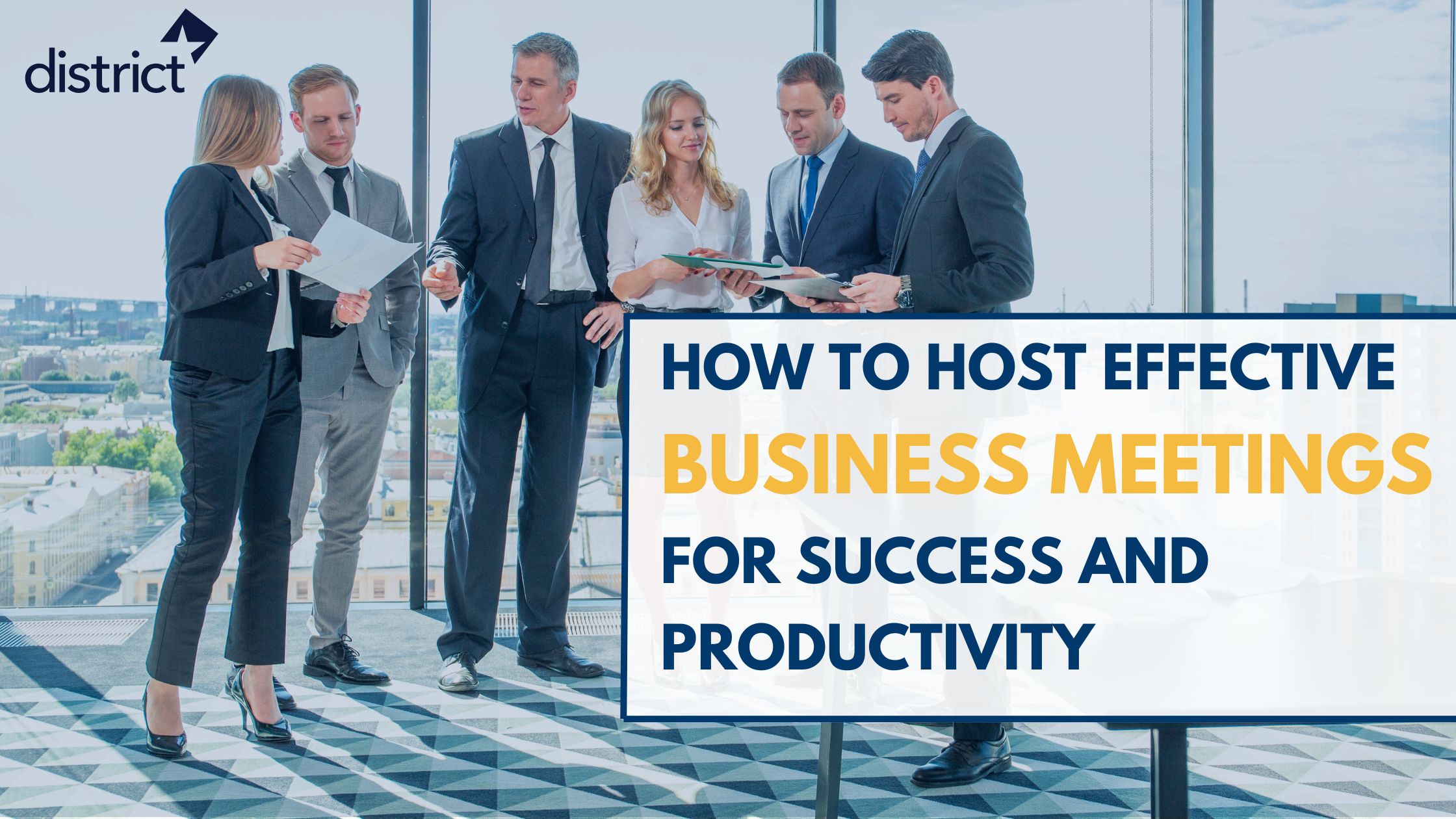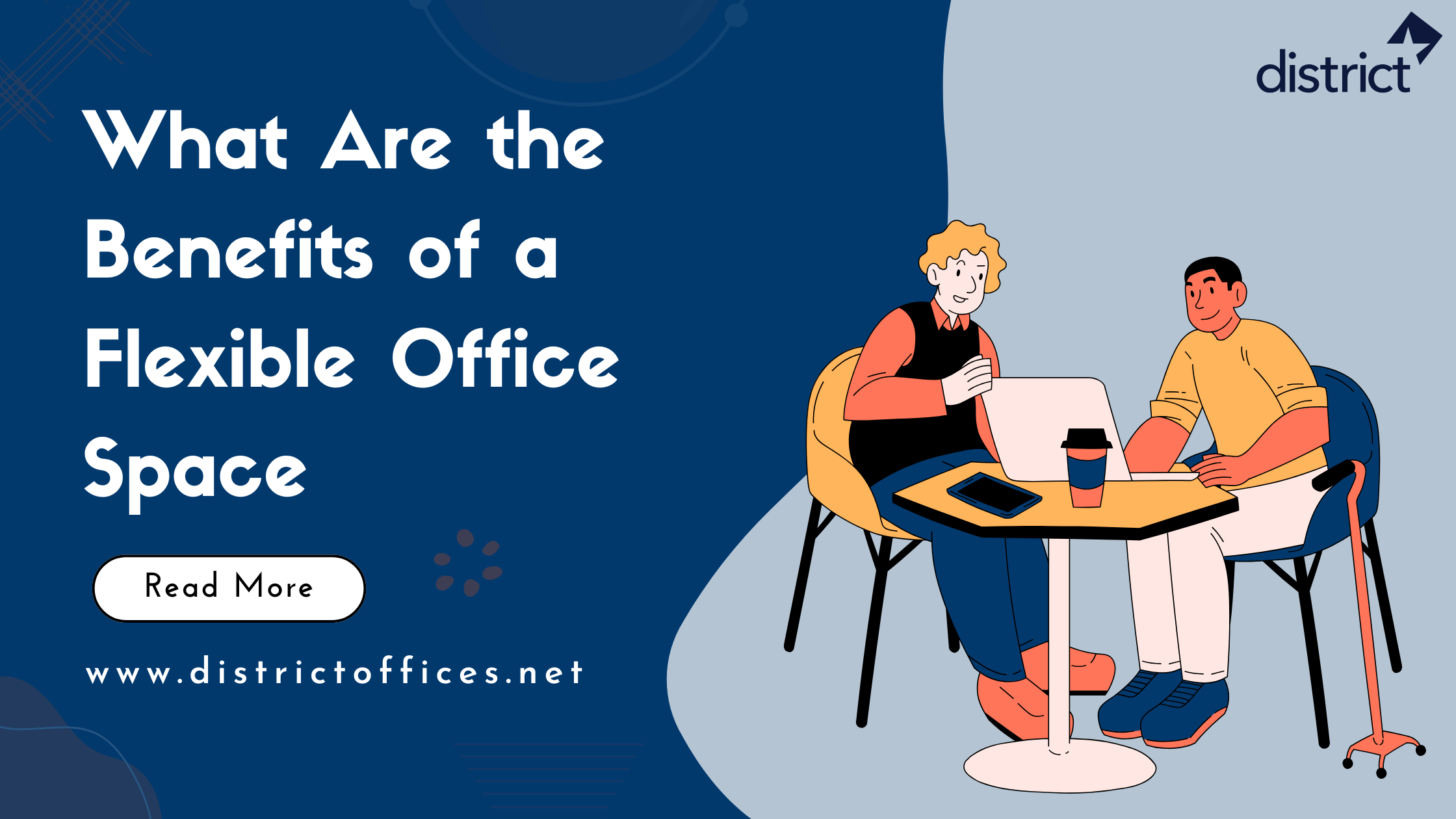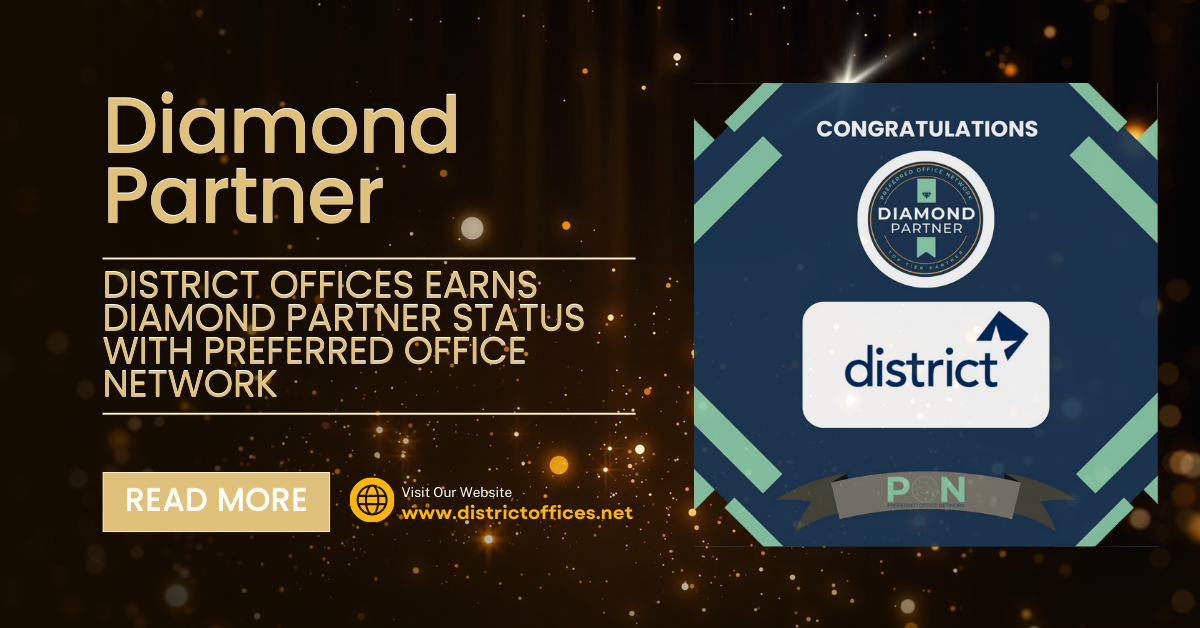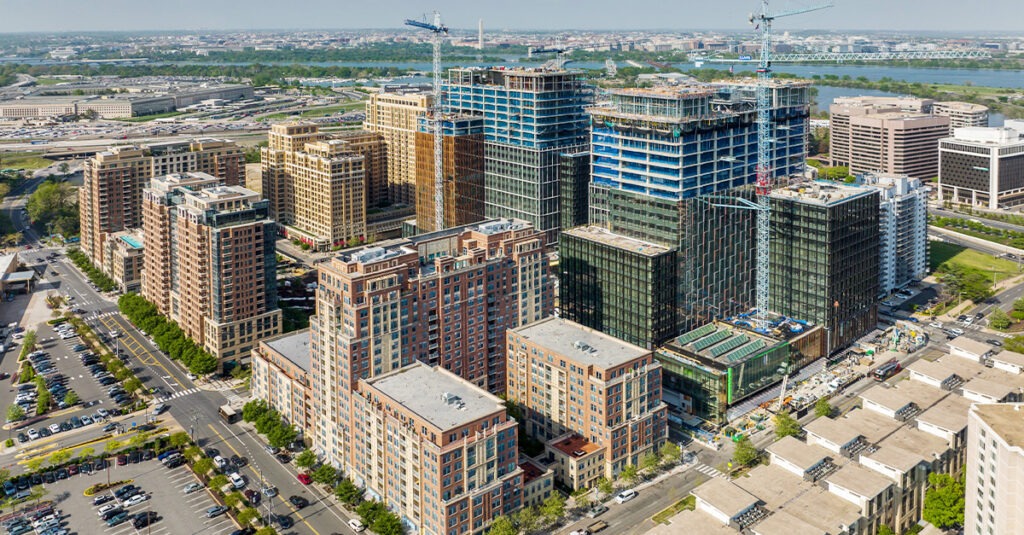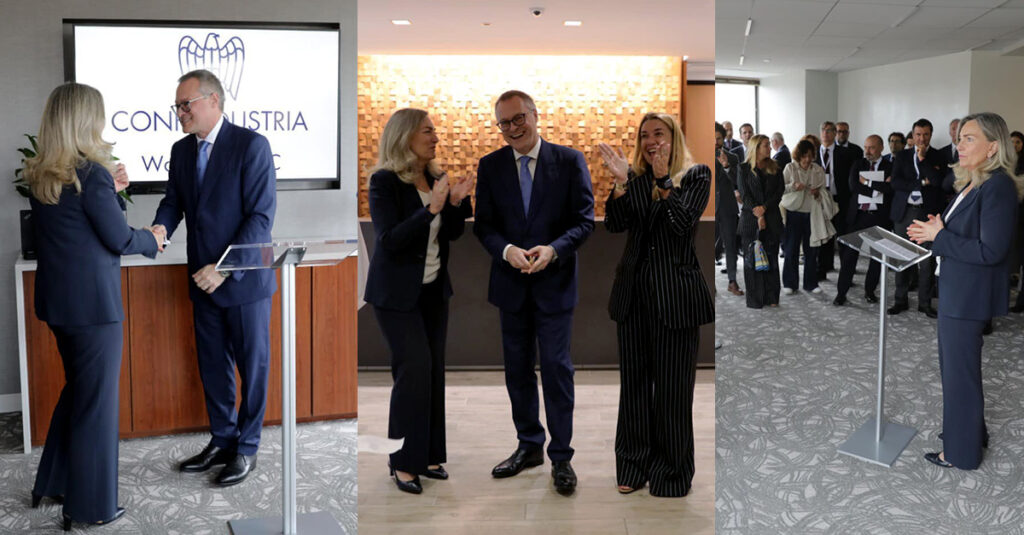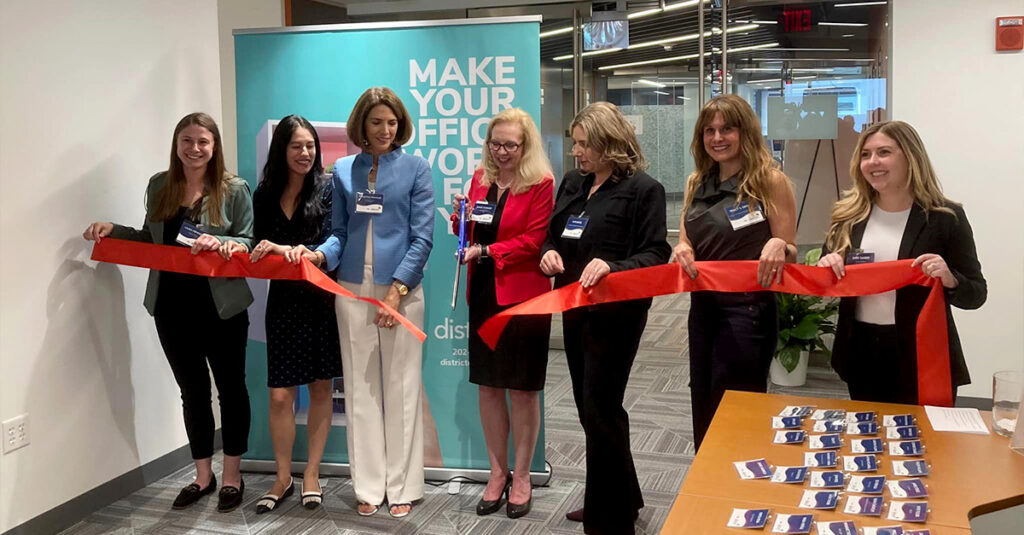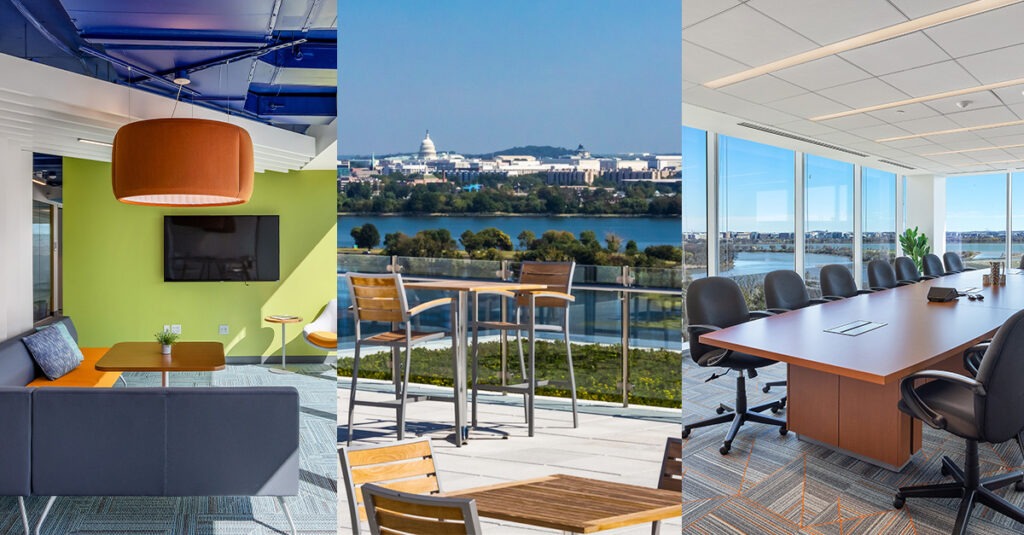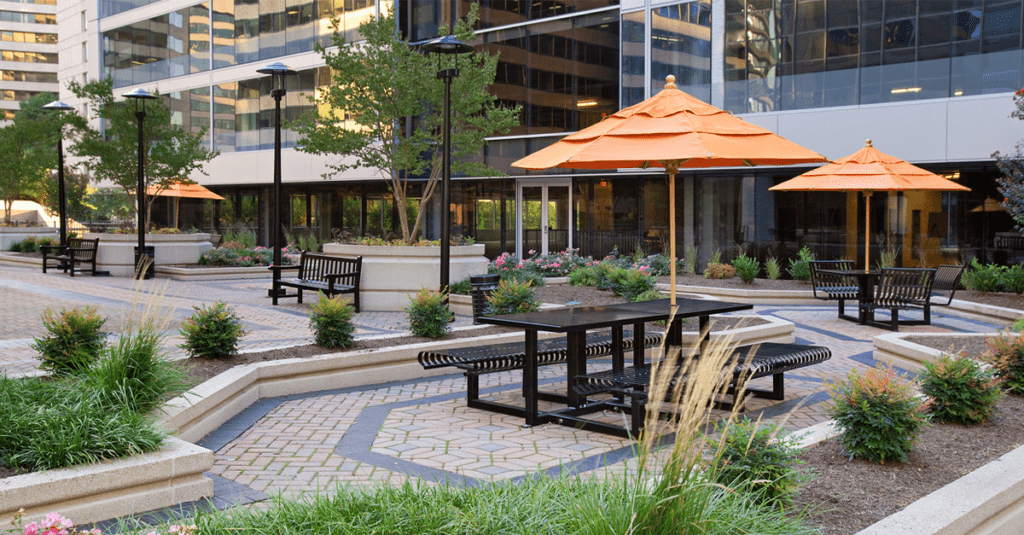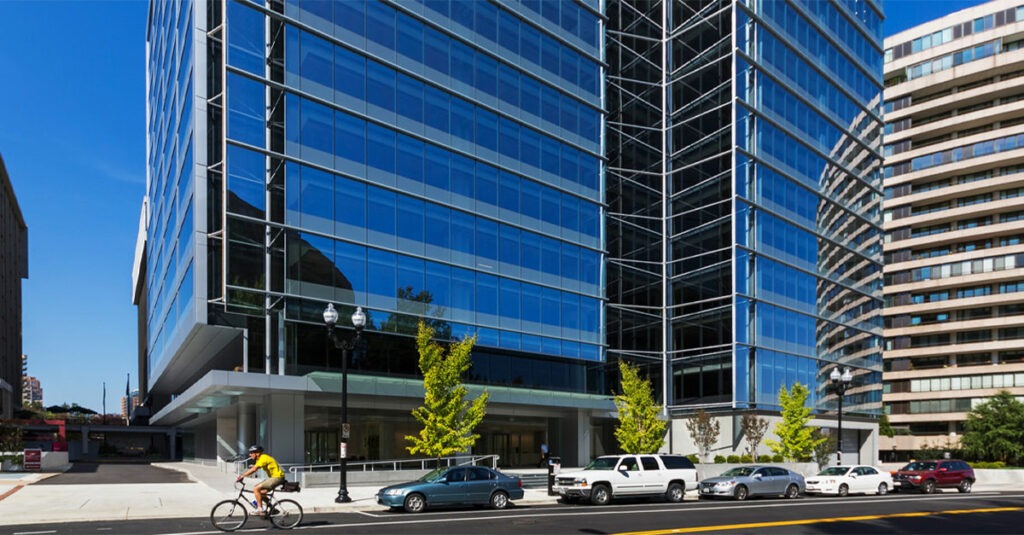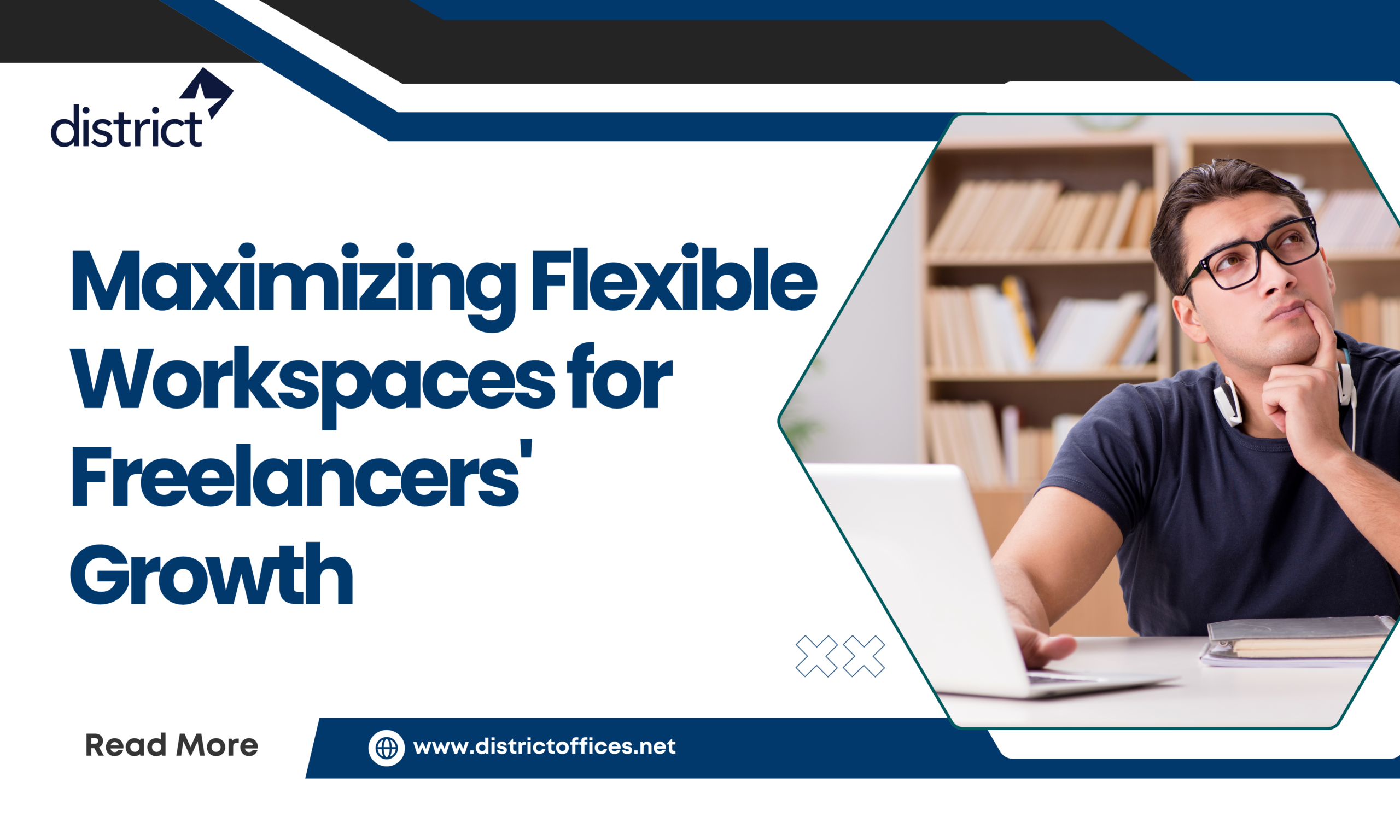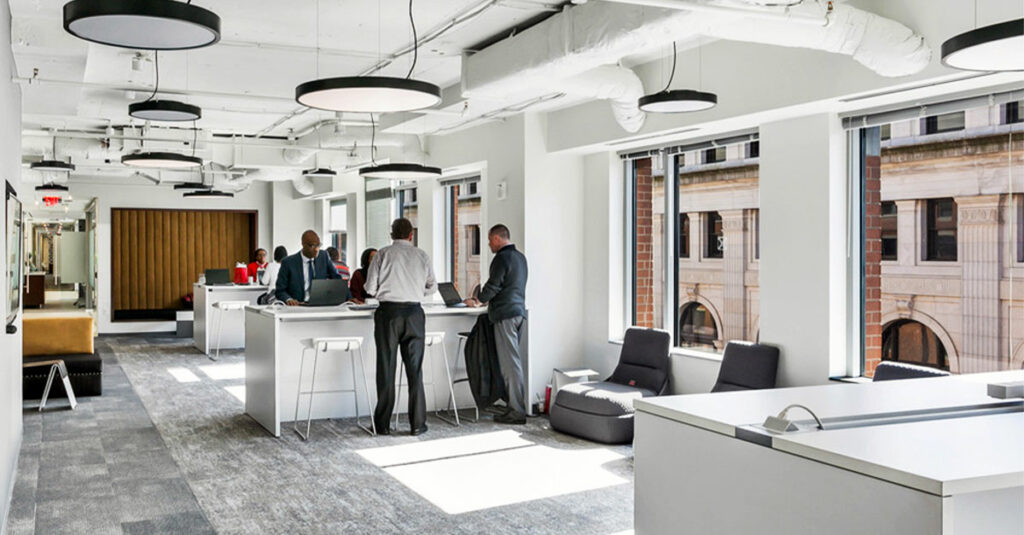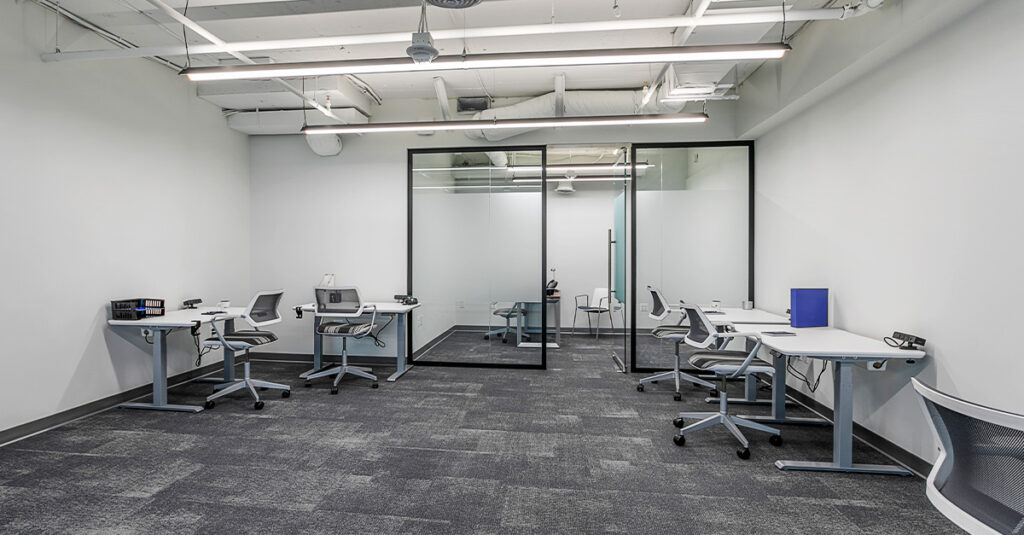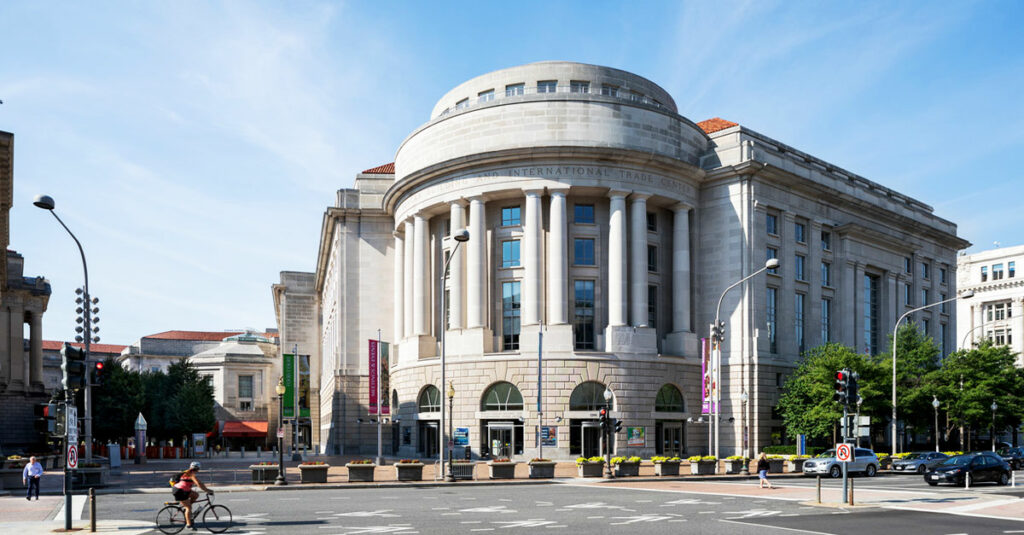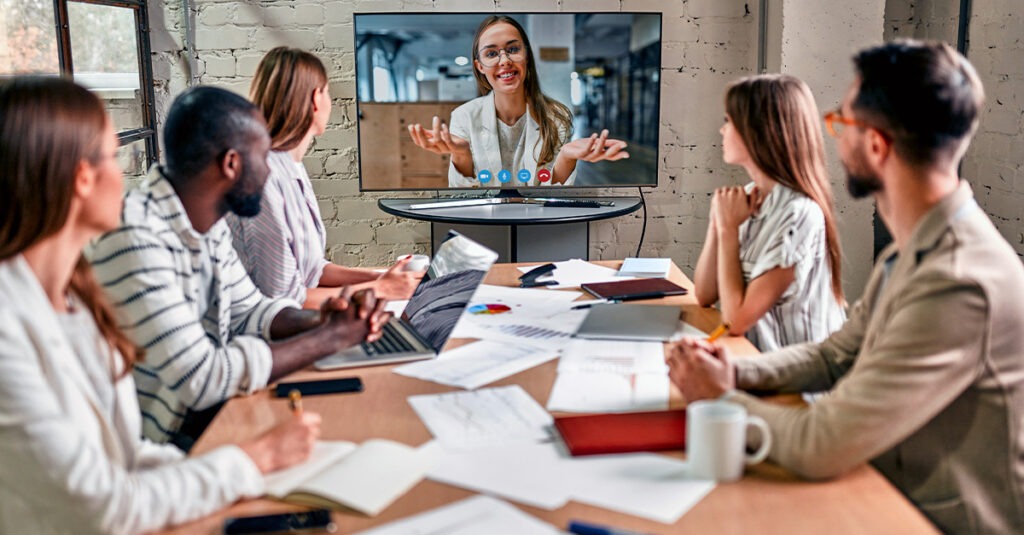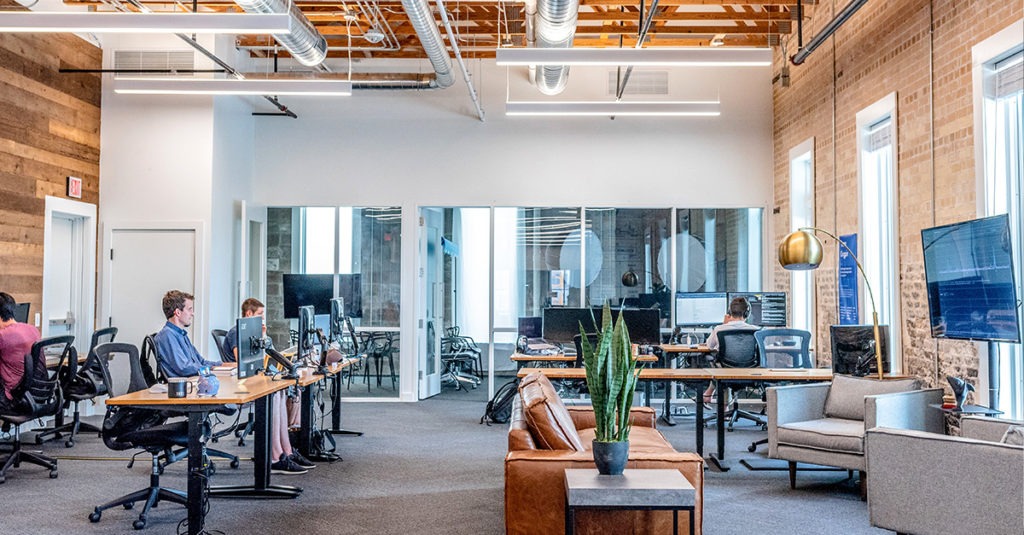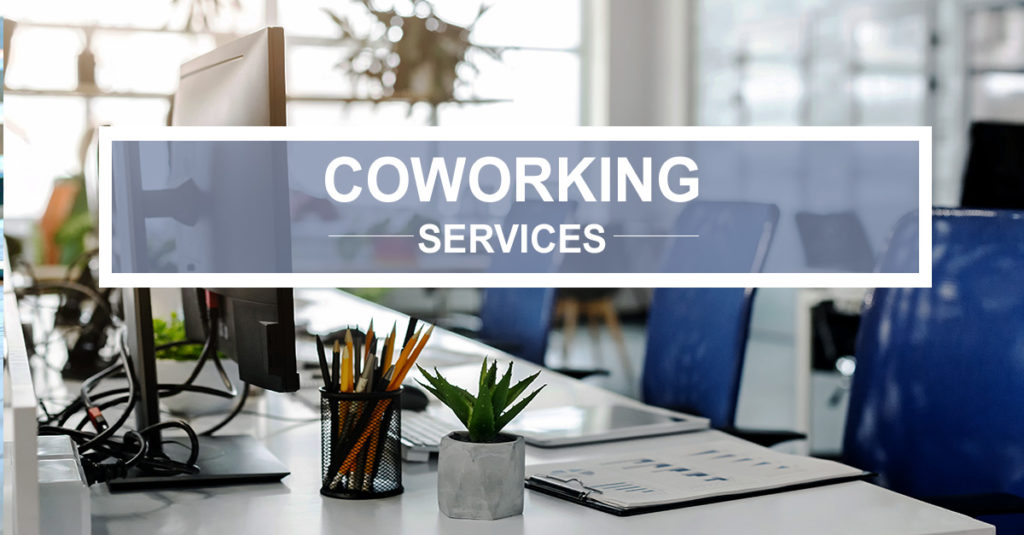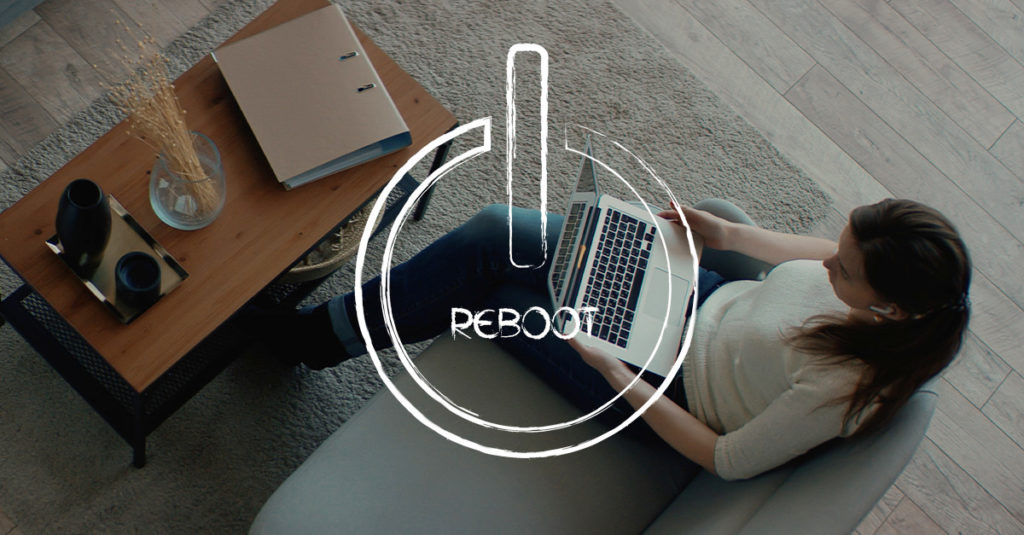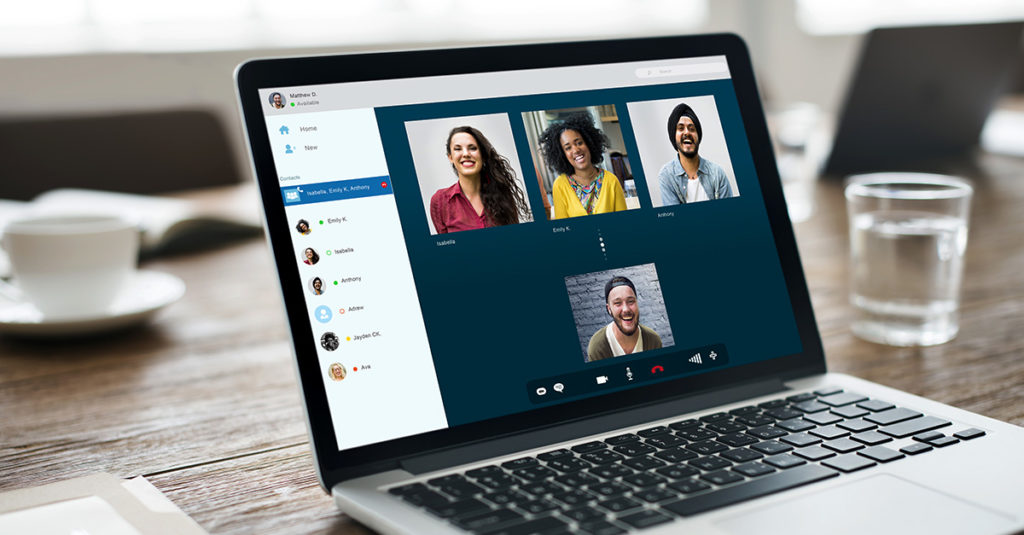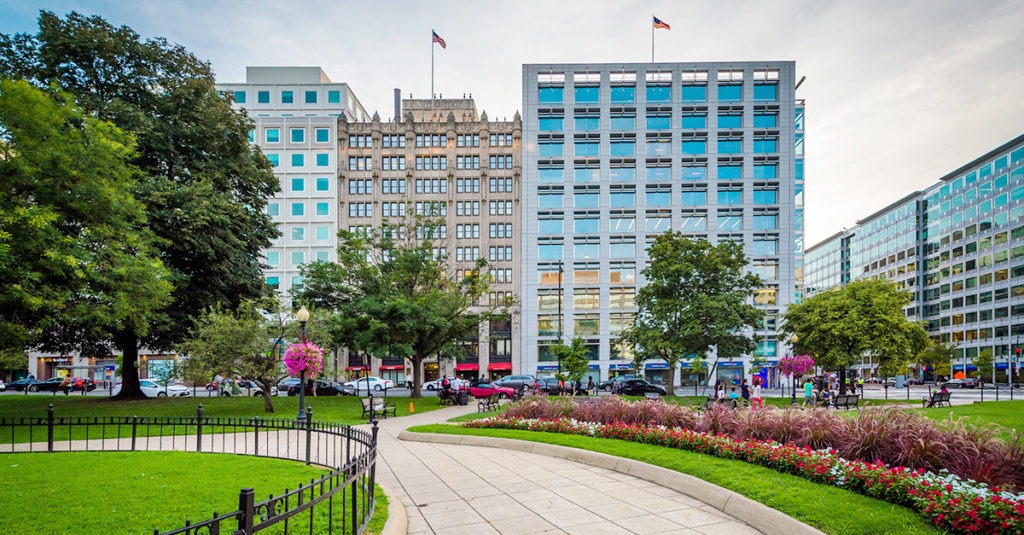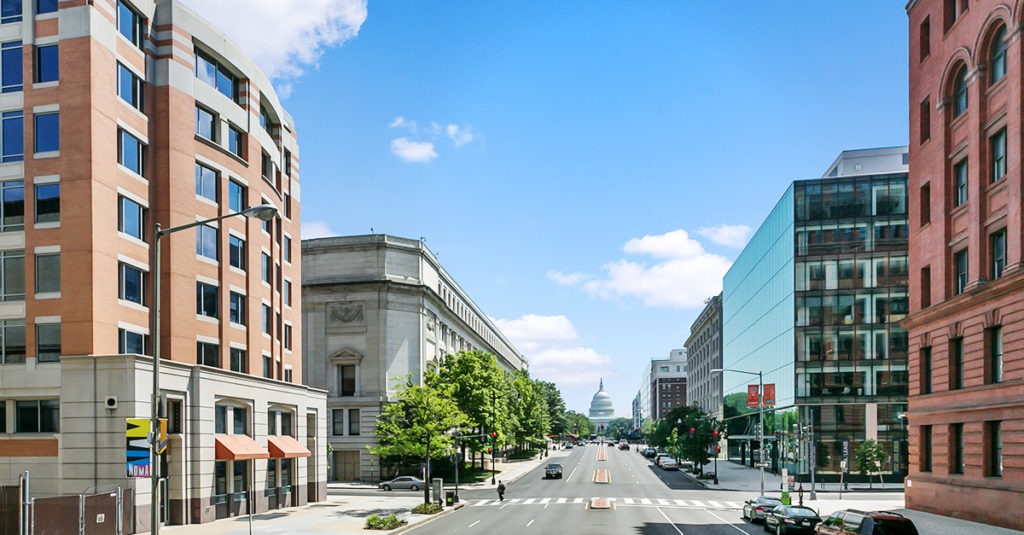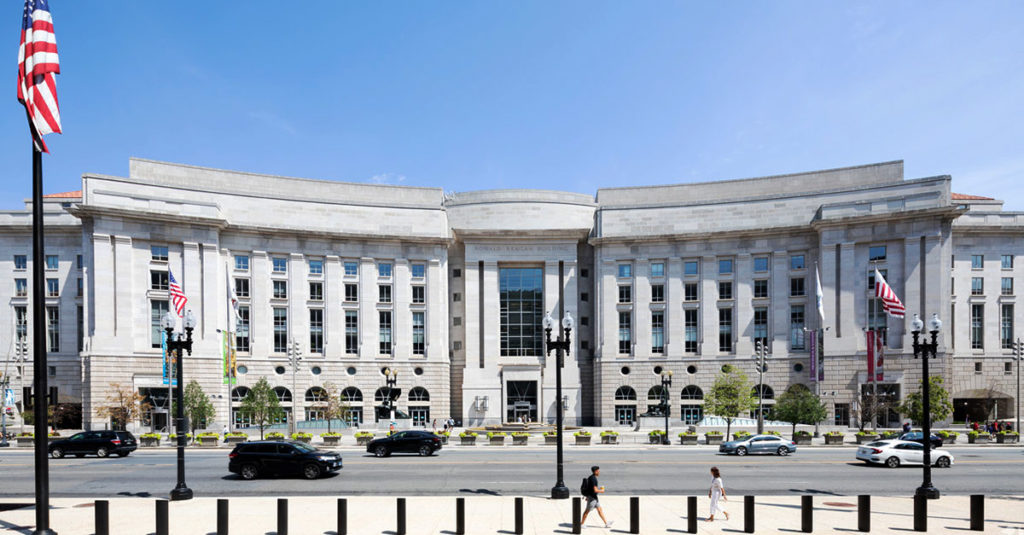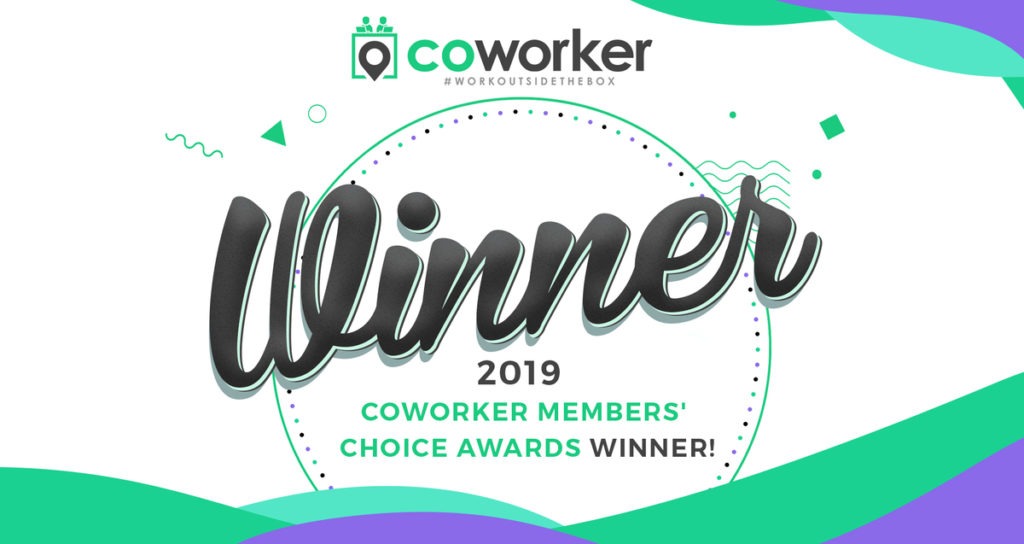Any organization relies heavily on business meetings to keep teams aligned, make important decisions, and accomplish goals. Poorly planned meetings, however, can be draining of energy rather than inspiring. In a well-structured meeting, you don’t just go through an agenda; you create a space where ideas flow, collaboration thrives, and decisions lead to real outcomes.
When carried out correctly, meetings become quite clear, keep the key stakeholders updated & involved, and promote innovation. They keep the business owners in touch with the team to track a lot about how they are doing and keep an eye on their approach to success. But in order to make corporate meetings more productive, proper planning is the key. With a proper approach, you can change your corporate meetings from routine discussions to power drives that result in business growth.
This guide covers simple but powerful strategies for making corporate meetings more productive. We will guide you on how to set clear goals, use the right technology, and create a work environment in which everyone feels heard and motivated. We will further cover how to plan smart meetings and foster collaboration.
So, ready to improve the impact of business meetings? Let’s dive in.
Table of Contents
ToggleWhat Makes a Business Meeting Successful?
Meetings play a very important role for businesses. Be it launching a new initiative, delivering project updates, or conducting HR training; getting people together on matters of mutual interest, virtually, or in person uniting the goals and helping inform the decisions. A busy schedule doesn’t help, and making meetings more efficient is more important than ever. To help you maximize your time and keep the meetings on track, here are some of the practical tips, if followed correctly they can result in productive and successful business meetings:

1) Start with a Clear Purpose
Before scheduling a business meeting, ask yourself what you want to achieve. A well-articulated purpose keeps the discussion on the right track and sets up the tone. Whether sharing updates, ideation, or problem-solving, knowing your objective guides the conversation. Clearly explain the purpose of the meeting and provide any relevant background information in the invitation. This helps participants prepare, set expectations, and determine if they should attend or delegate it to a more suitable team member. Simply understand that a meeting without a purpose is time-wasting. Set a goal, communicate it effectively, and keep the discussions on track for more productive business meetings.
2) Optimize the Attendee List
More people in a meeting doesn’t mean it will be more productive. The larger the group, the harder it is to stay focused. Keep the attendee list small by inviting only those directly involved in the discussion or decision-making process.
Every meeting cost time and money, so be intentional about who joins. Consider:
- Who is essential? Decision-makers and subject-matter experts need to be involved.
- Who will lead? A facilitator or scribe to keep things organized.
- Who is optional? Anyone who may benefit but isn’t critical to the conversation. Make it clear in the invite why they are included.
A focused attendee list leads to better discussions, quicker decisions, and a more efficient meeting overall.
3) Set the Stage
Everything in a meeting communicates something. What is the look, feel, sound, and smell you envision for your meeting? Thinking about these things critically can improve the quality and effectiveness of your meeting. Different feels— like bean bags versus spinning chairs, smells— like coffee versus a whole meal, and looks— like round table versus lecture style, all have the potential to say something. Perception, engagement, and results can be communicated before any words are spoken. Keep in mind just because something is important doesn’t mean it needs a high-end luxury setting— think about who’s attending, and how people are likely to respond in your chosen environment and then evaluate.
4) Start and End as Scheduled
Respect people’s time by ensuring that your meetings are on schedule. Beginning and ending on time demonstrates professionalism and respect for other people’s time as well. If there is more to discuss than the allotted time, reschedule instead of dragging out the meeting. If you finish early, announce that you’re giving them their time back, which is always appreciated.
Most employees do not like meetings so keeping them on track is crucial. If they start late, they will run over longer than intended, frustrating everyone in attendance. Start as scheduled even when some people in attendance are not there on time. This makes punctuality part of the meeting culture and meetings stay focused.
5) Onsite or Off?
Not every meeting needs to be offsite, but exploring the benefits of offsite meetings can assist you in deciding what’s right for your event.
Here are a few reasons companies choose an offsite venue:
- Focus: There are far fewer distractions at an offsite venue than onsite. It can help people to feel like they can be fully present and deal with the meeting at hand rather than the mix of daily duties in the office.
- FaceTime: Relationships in business can sometimes matter more than work. When people travel somewhere different together, they end up spending more time getting to know each other, which can strengthen business relationships.
- Tech Support: With offsite facilities, logistics can be taken care of smoothly without you having to be in charge. Audio/visual assistance can be provided and may offer new capabilities you don’t have access to in your regular office.
- Creativity: A new venue sparks creativity with different motivations for attendees to gain inspiration.
6) Encourage Questions and Discussion
Questions engage, generate innovative ideas, and unlock the path to better understanding. Provide time for participants to raise and share their ideas. This keeps the conversation lively and ensures key ideas come across clearly. It also encourages new ideas and makes the meeting more productive. Stay open, encourage feedback, and let everyone feel free to contribute their input.
7) Follow Up and Take Action
The right meeting is not the one in which everyone logs off or leaves the room. The thing that matters is what happens after that. The clear action items with responsibility assignments and deadlines help the task be executed. Otherwise, even the most brilliant ideas fade away and wind up with nothing. You need to review the progress regularly and discuss whether the meeting was up to the objective or not. If not, then change the approach. Tracing outcomes and making improvements along the way ensures that your meetings are productive and drive actual results.
8) Extras— What’s Necessary?
Will the space be able to accommodate your needs? No matter if you’re on or offsite, your pre-event planning strategy needs to cover what business services, transport, coffee, or catering are necessary. Can this all be done in-house? What should be incorporated to make this a more productive meeting? Scheduling out beforehand will help you work through these kinks and decide if there are any break times and what may be required for that.
Planning can be time-consuming, but it’s all worth it to ensure a productive meeting. It will help you to achieve your company goals more efficiently. Whether you are trying to bring employees together, brainstorm, or close a deal, careful planning that considers all the elements will help your attendees, and you get the most out of the experience.
“So, if you’re looking to host an important meeting, we have private space for hire in D.C. We are happy to help guide your plan from start to finish. Please reach out with the kind of meeting you are interested in hosting, and we can find the perfect fit for you. To browse our offerings and locations, head here.”
Also Read: The Secrets to Hosting Successful and Productive Business Meetings
Different Types of Meetings
Not all meetings serve the same purpose. Some help teams make big decisions, while others keep projects on track or bring fresh ideas to the table. Here are the most common types of meetings and what they’re meant to achieve:
1) Decision-Making Meetings
These types of meetings bring key stakeholders together to consider options and make important choices. Clear objectives, well-prepared participants, and a structured process ensure productive discussions and confident decisions.
2) Project Update Meetings
Regular check-ins help teams stay in line with project progress. Such meetings can be used to find roadblocks, adjust timelines, and get everyone on the same page. They should be brief, focused, and action oriented.
3) Problem-Solving Meetings
When problems are encountered, solution-brainstorming meetings help teams in coming up with solutions. They begin with background information, define the problem, and encourage collaboration to find the best way forward.
4) Planning Meetings
All successful projects start with a plan. These meetings set goals, outline strategies, and allocate resources to ensure smooth execution. Clear roadmaps and defined roles keep things moving efficiently.
5) Innovation Meetings
It’s a proven fact that creativity flourishes in the right environment. Innovation meetings promote brainstorming and idea sharing. Mind maps and design thinking techniques can help spark innovative approaches to problems.
6) Team-Building Meetings
A good team works better together. Such meetings help build relationships, teamwork, trust, and communication through activities, discussions, or informal gatherings, ultimately boosting team morale and cooperation.
7) Educational Meetings
Employees benefit greatly from educational meetings, whether they are learning about company policies or introducing new products. To make this information last, ensure you use engaging content and follow up with a summary.
“We believe that no matter where or how you choose to work, it should always be comfortable, productive, and tailored to meet your business needs. At District Offices, we offer creative workspace solutions to help teams work together, focus, and succeed.”
Also Read: 6 Virtual Meeting Etiquette Rules to Follow
Making Meetings Count: What Comes Next?
What’s truly effective about a meeting is what happens afterward. Here’s how to keep things moving forward:
- Follow Up on Action Items – Assigning tasks is one thing, but checking in will ensure they are completed. Regular follow-up keeps projects rolling and shows how much one adheres to decisions made.
- Send Out Meeting Minutes – This summary of the main points, decisions, and actions will ensure everyone is on the same page. It’s just a straightforward way to keep the conversation going.
- Review Meeting Effectiveness – Not every meeting is perfect, and that’s okay. Take time to identify what worked, what didn’t, and how to improve next time.
- Build on Previous Meetings – Meetings should not feel disconnected. Reference from past discussions keep progress on track and prevent great ideas from getting lost.
- Celebrate Wins – Whenever the meetings result in achievement, acknowledge them. Acknowledgment of progress boosts morale and strengthens the value of well-structured discussions.
Why a Standardized Meeting Process Matters?
It becomes unmanageable when one makes appointments in several locations. There would be wastage of time and efforts involved in coordinating venues, travel, and catering. The standardizing meeting process would streamline scheduling, automating sourcing, and keeping the budget in check. It makes problem-solving more efficient by structuring meetings and eliminating last-minute chaos.
This will track activities in the meeting, avoid unnecessary spending, and be consistent across the teams. Furthermore, it makes everything compliant, which will enable everything to follow through. This saves time and the meeting will be more effective and stress-free if approached in an organized manner.
Also Read: Engaging Remote Employees and Extending Your Company Culture
Conclusion – Achieve More with Smarter Meetings at District Offices
Great meetings drive communication, collaboration, and decision-making. By applying the strategies outlined in this blog, you can turn any business gathering into a productive and results-driven session.
To make your business meetings more efficient and effective, District Offices offer modern, fully equipped office spaces designed for seamless collaboration. Whether you need a private office, conference room, or flexible workspace, we provide the perfect setting for focused discussions and strategic planning. With high-speed connectivity, professional amenities, and a distraction-free environment, your team can stay engaged and achieve more.
Ready to host better meetings? Explore District Offices today and create a workspace that works for your business!
Also Read: 6 Virtual Meeting Etiquette Rules to Follow
Frequently Asked Questions
1) How can the right meeting space impact business productivity?
A well-equipped professional meeting space helps to encourage focus and reduce distractions ensuring that collaboration can flow smoothly. It can bring about free flows of ideas, efficient decision making, and the retention of attention by teams-towards higher productivity as well as better outcomes.
2) What is the difference between internal and external meetings?
Meetings in an organization can be categorized as internal or external, each serving a unique purpose.
External Meetings – These meetings are held with external individuals, such as customers, leads, or partners. They are usually sales, partnership, or networking meetings, so they are easier to measure in leads, revenue, and relationship-building.
Internal Meetings – They are planned for the employees, either for some or for all the company. They can be conducted regularly or yearly and may be for training, team building, or planning sessions. These meetings are important for employee engagement, motivation, and retention and directly affect office productivity and long-term commitment.
3) How do you choose the right meeting room size for your needs?
Think about how many attendees will be coming, what kind of meeting (brainstorming, training, or client presentation), and what equipment you’ll need. District Offices have meeting spaces that range from small huddle rooms to large conference rooms, so you can choose the perfectly sized room with the right amenities.
4) What strategies can help maintain engagement in long meetings?
Maintaining interactivity during meetings is essential—utilize visual aids, facilitate discussion, and include breaks during lengthy sessions. A well-defined agenda and the delegation of action items also assist in maintaining people’s interest.
With meetings being held at District Offices, one can avail oneself of the well-designed environments conducive to comfort and engagement, with all the required amenities, like: Fully staffed offices, state-of-the-art plug-and-play technology, phone rooms, video conferencing rooms, a newly renovated lobby, a newly renovated fitness center with towel service and private showers, 24/7 on-site building security, a secure bike room, and more.
